
Surgery of the Autonomic Nervous System
Livrare gratis la comenzi peste 500 RON. Pentru celelalte comenzi livrarea este 20 RON.
Disponibilitate: La comanda in aproximativ 4 saptamani
Editura: Oxford University Press
Limba: Engleza
Nr. pagini: 352
Coperta: Hardcover
Dimensiuni: 24.89 x 2.29 x 17.53 cm
An aparitie: 14 April 2016
Description:
Autonomic surgery is an important and expanding field within contemporary clinical practice. Surgical therapies influencing the autonomic nervous system have historically entailed disabling various components of its network by injurious methods. More sophisticated techniques have now emerged to allow modulation of neural function by electrical implants or by preservative surgery. This has fuelled the expansion in this field as safer therapies with greater scope for patient benefit have become available. As the potential for precise neural manipulation has advanced, so has the number and diversity of diseases which have become amenable to such therapies. This book reviews the basic science underpinning the autonomic control of various body systems and the state-of-the-art clinical applications by which these systems are surgically modulated in patients today. Clinical chapters include details of the procedure, operative considerations, outcomes, adverse effect profile, post-operative management of such patients and reflections on personal experience. Autonomic surgery can be applied to a wide variety of diseases affecting large numbers of the population such as angina pectoris, hypertension, orthostatic hypotension, sexual dysfunction, regional pain syndromes, headache and epilepsy.
Table of Contents:
1. Neural control of the heart and cardiovascular system
Introduction
Central and intra-thoracic cardiovascular autonomic architecture
Central autonomic network
Cortical control of the cardiovascular system
Subcortical control of the cardiovascular system
Medullary control of the cardiovascular system
Sympathetic efferents
Neural determinants of cardiovascular performance
Baroreceptor reflex
Chemoreceptor reflex
Feedback and feedforward pathways associated with exercise
Baroreceptor reflex
Central command
Exercise pressor reflex
Mechanisms associated with behaviour
Conclusions
References
2. Baroreceptor activation therapy: A surgical approach to the treatment of hypertension
Introduction
Pathophysiological aspects of essential hypertension
Baroreceptor function in hypertension
Electrical stimulation of the baroreflex
Early experiments in animals
Early experiments in humans
Recent developments
Acute effects of the Rheos System in humans
Chronic effects of the Rheos System in humans
Baroreceptor activation therapy and target organ damage
Future developments
Conclusions
References
3. Deep-brain stimulation and blood pressure disorders
Introduction
The technique of deep-brain stimulation
Brain stimulation and blood pressure
Why the PAG is important—using the opportunity of DBS
What are the mechanisms of the BP changes?
What are the underlying central nervous system mechanisms?
Dorsal versus ventral electrodes
What is the likelihood that DBS will be used to treat BP related conditions?
Other brain areas and other systems involved in autonomic control
The respiratory system
Gastrointesinal system
Urinary system
Pedunculopontine nucleus region
Conclusions
References
4. Lateral medullary decompression for essential hypertension
Introduction
Why do we need arterial blood pressure anyway?
The sympathetic system in neurogenic hypertension
Is there an inflammatory role in the origin or maintenance of neurogenic hypertension?
Neurogenic hypertension—where is it broken?
Neurogenic hypertension—the clinical phase
Conclusions
References
5. Device-based approaches to target renal sympathetic nerves for hypertension
Introduction
Therapeutic targeting of sympathetic nerves: a brief historical overview
Role of the sympathetic nervous system in cardiovascular and metabolic control
The specific role of renal sympathetic nerve activity in hypertension
Recent surgical and device-based approaches to target SNS overactivity
Surgical intracranial neurovascular depression
Devices for regulating breathing
Deep-brain stimulation
Stimulation of the arterial baroreceptor with an implantable device
Transcatheter renal nerve ablation
Renal nerve ablation as treatment for drug-resistant hypertension
Symplicity HTN-1
Symplicity HTN-2
Symplicity HTN-3
Potential future indications for renal nerve ablation
Insulin resistance
Congestive heart failure
Chronic and end-stage renal failure
Obstructive sleep apnoea
Atrial fibrillation
Alternative approaches to achieve renal denervation
Saline-irrigated radiofrequency ablation catheters
Radiofrequency ablation catheters
Intra-vascular ultrasound catheters
Peri-vascular pharmacologic ablation
Conclusions
References
6. Evolution and developments in autonomic control of the heart I: the neurocardiac axis
Introduction
Historical and evolutionary concepts on the role of the nervous system on cardiac performance
Pertinent anatomy and physiology (including humoral control) of afferent and efferent autonomic nervous system in cardiac functioning
Cardiac autonomic nerves
Afferent cardiac nerves
Overview of experimental models of neural hierarchy in ischaemic heart disease
The emerging function of the nervous system in the development of atherosclerosis and the putative humoral path from the heart to the brain
Atherosclerotic disease and nervous pathways
Pathophysiology of the nervous system and the heart
Angina and the ischaemic heart: defining the problem of atherosclerotic diseases
Angina and atherosclerotic disease
Chronic refractory angina
Acute coronary syndromes
Arrhythmias
Heart failure
7. Evolution and developments in autonomic control of the heart II: therapeutical interventions
Introduction
Brief historical perspective of neuromodulation for cardiac diseases, executed by ablative therapies and modulation of neurones
Surgery of the autonomic system
Modulation of the autonomic system
Rationale for target selection and approach of modulation of the nervous system in the management of cardiac diseases
Accepted and emerging cardiac indications for electrical neuromodulation
Angina and electrical neuromodulation and patient selection
Heart failure and electrical neuromodulation
Arrhythmias and electrical neuromodulation
Technical details of neurostimulation procedures
Outcomes of spinal cord stimulation on cardiac diseases
Chronic angina refractory to standard therapies
Screening tools for patients
Efficacy
Safety
Mechanisms of action
Acute coronary syndromes
Heart failure
Arrhythmias
The future: further improvements in integrative approaches on interfaces between heart and nervous system
Conclusions
References
8. Periarterial sympathectomy in the treatment of upper extremity peripheral vascular disease
Introduction
History of periarterial sympathectomy
Current principles of periarterial sympathectomy
Pathophysiology
Patient selection and technique
Outcome
Conclusions
References
9. Spinal cord stimulation for complex regional pain syndrome I: mechanisms
Historical perspective
Anatomy, physiology, and disease pathophysiology
The nociceptive pathway
How does SCS work?
Local neurochemistry
Gamma-aminobutyric acid (GABA)
Serotonin
Acetylcholine (ACh) and noradrenaline
Summary of SCS mechanism
Disease pathology of CRPS
Aetiology and epidemiology
Pathophysiology
Peripheral sensitization
Central sensitization
Sympathetic nervous system
Genetic factors
Brain plasticity
Inflammatory factors
Psychological factors
Treatment overview
SCS and CRPS
SCS and sympathetic nervous system
What the future holds
Conclusions
References
10. Spinal cord stimulation for complex regional pain syndrome II: clinical applications
Introduction
Rationale for target selection and approach
Target levels
Postural effects
SCS systems
Indications and patient selection criteria
Implant procedure details
Review of clinical outcomes
Clinical effectiveness
Cost-effectiveness
Complications
Conclusions
References
11. Trigeminal autonomic cephalalgias I: peripheral neuromodulation (occipital nerve and sphenopalatine ganglion stimulation)
Introduction
Pathophysiology of trigeminal autonomic cephalalgias
The trigeminal autonomic reflex and hypothalamic activation
Occipital nerve stimulation
Anatomy of the occipital nerves
Operative techniques
Evidence for efficacy of ONS in primary headache syndromes
Cluster headache
SUNCT and SUNA
Sphenopalatine ganglion stimulation
Anatomical basis of the autonomic phenomena in trigeminal autonomic cephalalgias
Evidence for sphenopalatine ganglion stimulation in chronic cluster headache
Safety of peripheral neurostimulation
Mechanism of action of peripheral neurostimulation
Conclusions
References
12. Trigeminal autonomic cephalalgias II: deep-brain stimulation of the posterior hypothalamus for chronic cluster headache
Introduction
Anatomy and physiology of the posterior hypothalamus
Posterior hypothalamus chronic high-frequency stimulation and cluster headache
Surgical methodology of posterior hypothalamus DBS
Long-term results of posterior hypothalamic stimulation in chronic cluster headache patients
Conclusions
References
13. The central nervous system in control of continence and sexual functions
Introduction
Micturition
Bladder afferents and efferents
Spinal–midbrain–spinal loop
Forebrain control—role of the emotional motor system
Defecation
Rectal afferents and efferents
Spinal–midbrain–spinal loop
Forebrain control—role of the emotional motor system
Ejaculation
Spinal afferents and efferents
Spinal–midbrain–spinal loop
Pelvic floor stimulating centre
Forebrain control—role of the emotional motor system
Parturition
Spinal afferents and efferents
Spinal–midbrain–spinal loop
Forebrain control—role of the emotional motor system
Conclusions
References
14. Pudendal nerve stimulation
Introduction
The pudendal nerve
Anatomy of the pudendal nerve
Pudendal nerve stimulation
Surgical access to the pudendal nerve
EMG recordings for ensuring correct electrode placement
Dorsal genital nerve stimulation
Mechanism of action
Experimental studies
Clinical results
Clinical experience with DGN
Other indications
Conclusions
References
15. Sacral nerve stimulation for lower urinary tract dysfunction
Introduction
Historical overview
Indications
Over-active bladder
Urinary retention
Neurogenic bladder dysfunction
Functional bowel disorders
Pelvic pain
Mechanism of action
Neuromodulation technique
Clinical results
Follow-up and adverse events
16. Neuromodulation for faecal incontinence and constipation
Introduction
Disease burden of faecal incontinence and chronic constipation
Role of neuromodulation in the treatment algorithm of faecal incontinence and chronic constipation
Sacral nerve stimulation
Patient selection and work-up
Treatment technique
Test stimulation
Permanent stimulation
Clinical outcomes
Faecal incontinence
Quality of life after permanent SNS
Chronic constipation
Physiological outcomes
Rectal motor effects
Rectal sensory effects
Other rectal effects
Anal motor effects
Anal sensory effects
Percutaneous tibial nerve stimulation
Patient selection and work-up
Treatment technique
Clinical outcomes
Physiological outcomes
Pudendal nerve stimulation
Patient selection and work-up
Treatment technique
Clinical outcomes
Physiological outcomes
Conclusions
References
17. Gastric stimulation for obesity and gastroparesis
Introduction
Gut electrical stimulation for gastroparesis
Equipment and implantation procedure
Clinical experience with gut electrical stimulation
Mechanisms of gastric electrical stimulation
Areas of uncertainty
What the future holds
Electrical stimulation of the lower oesophageal sphincter for GERD
Human studies of LOS electrical stimulation
Chronic Human Studies
Areas of uncertainty
What the future holds
Gastric Electrical Stimulation for Obesity
Clinical experience with Electrical Stimulation for Obesity
Transcend Implantable gastric electrical stimulation device
The Tantalus™ Implantable gastric electrical stimulation Device
Vagal Nerve Blockade Therapy System
What the future holds
18. Hyperhidrosis: pathophysiology and available therapies
Introduction
Epidemiology
Pathophysiology
Medical therapy
Anticholinergics
Iontophoresis
Botulinum toxin injections
Surgical treatments
Pre-operative work-up
History and evolution of surgical sympathectomy
Minimally invasive sympathectomy
Nuances of surgical sympathectomy
Description of thoracoscopic sympathectomy
Risks associated with surgical sympathectomy
Compensatory hyperhidrosis
Other surgical risks
Conclusions
References
19. Vagus nerve stimulation in the treatment of epilepsy I: history, vagus nerve physiology, and putative mechanisms
Introduction
Epilepsy and the autonomic nervous system
The need for alternatives to medical therapy in the treatment of epilepsy
Electrical stimulation of the vagus nerve for medically intractable epilepsy
Evidence supporting use of vagus nerve stimulation in managing intractable epilepsy
The E01 and E02 pilot trials
The E03 randomized controlled trial
The E04 open-label compassionate use trial
The E05 randomized controlled trial
History of vagus nerve stimulation for the treatment of epilepsy
Anatomic and physiologic considerations
Background
Proposed mechanisms of action
Choice of left versus right vagus nerve stimulation
Areas of controversy and uncertainty
Lack of clear mechanism of action
Inadequacy of evidence on efficacy of vagus nerve stimulation for treatment of epilepsy
Animal studies
Human clinical trials
Lack of objective outcome metrics for therapeutic response
Lack of a dose–response relationship between stimulation parameters and clinical response
Lack of double-blind placebo-controlled trials: ineffective blinding
Natural history of intractable epilepsy, a relapsing-remitting condition, and implications for assessing efficacy
Summary
20. Vagus nerve stimulation in the treatment of epilepsy II: procedure, evidence, and adverse events
Introduction
Patient selection
Devices used in vagus nerve stimulation
Operative procedure
Peri-operative care
Operative technique
Generator replacement
Lead replacement
Post-operative follow-up and stimulator programming
Complications and adverse effects of vagus nerve stimulation
Vocal cord and pharyngeal effects
Cardiac rhythm disturbances
Skin breakdown
Sleep-related breathing disorder
Magnetic resonance imaging of patients with vagus nerve stimulators
Conclusions
References
Index
| An aparitie | 14 April 2016 |
| Autor | Jonathan A. Hyam, Erlick A. C. Pereira, Alexander L. Green |
| Dimensiuni | 24.89 x 2.29 x 17.53 cm |
| Editura | Oxford University Press |
| Format | Hardcover |
| ISBN | 9780199686407 |
| Limba | Engleza |
| Nr pag | 352 |

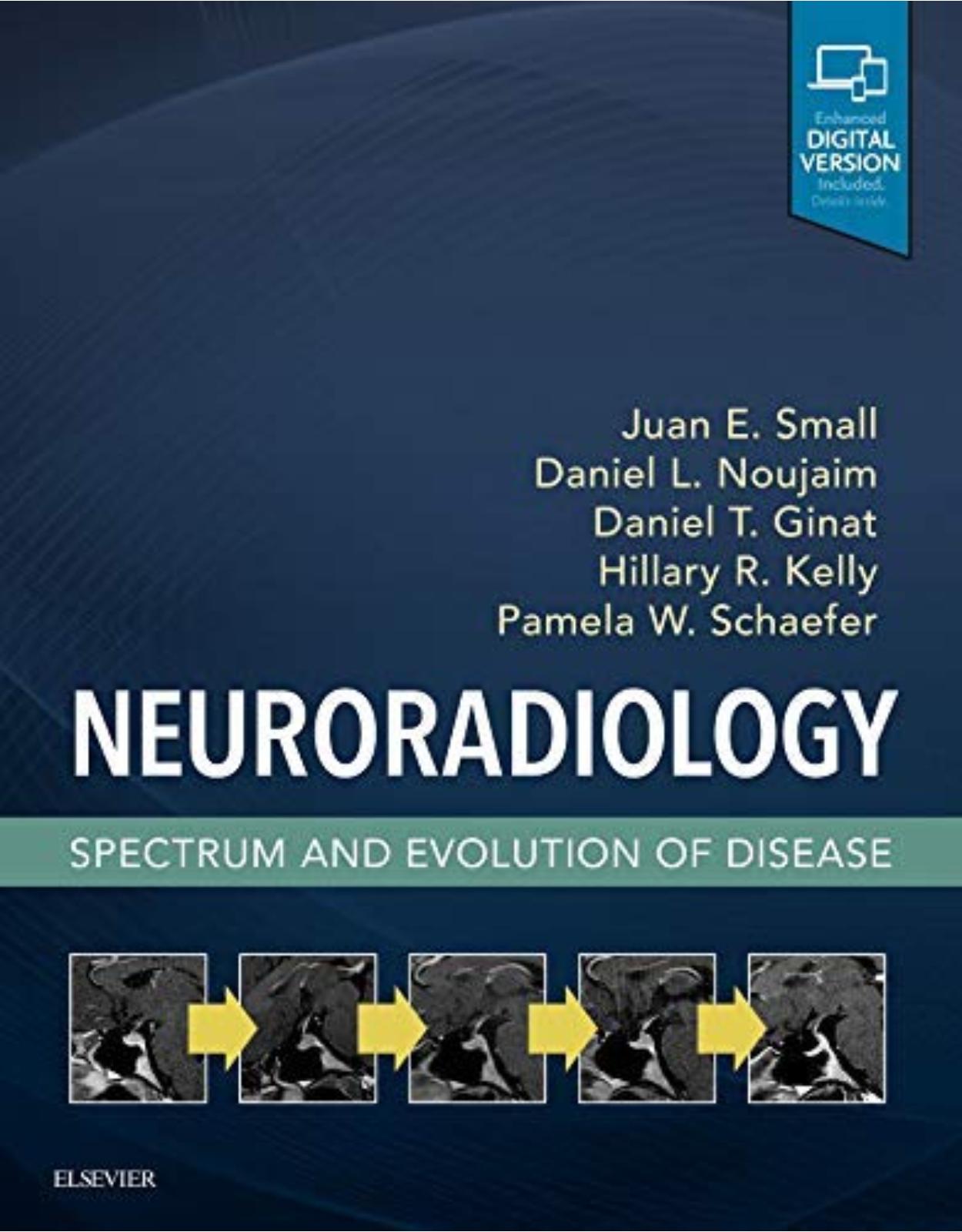
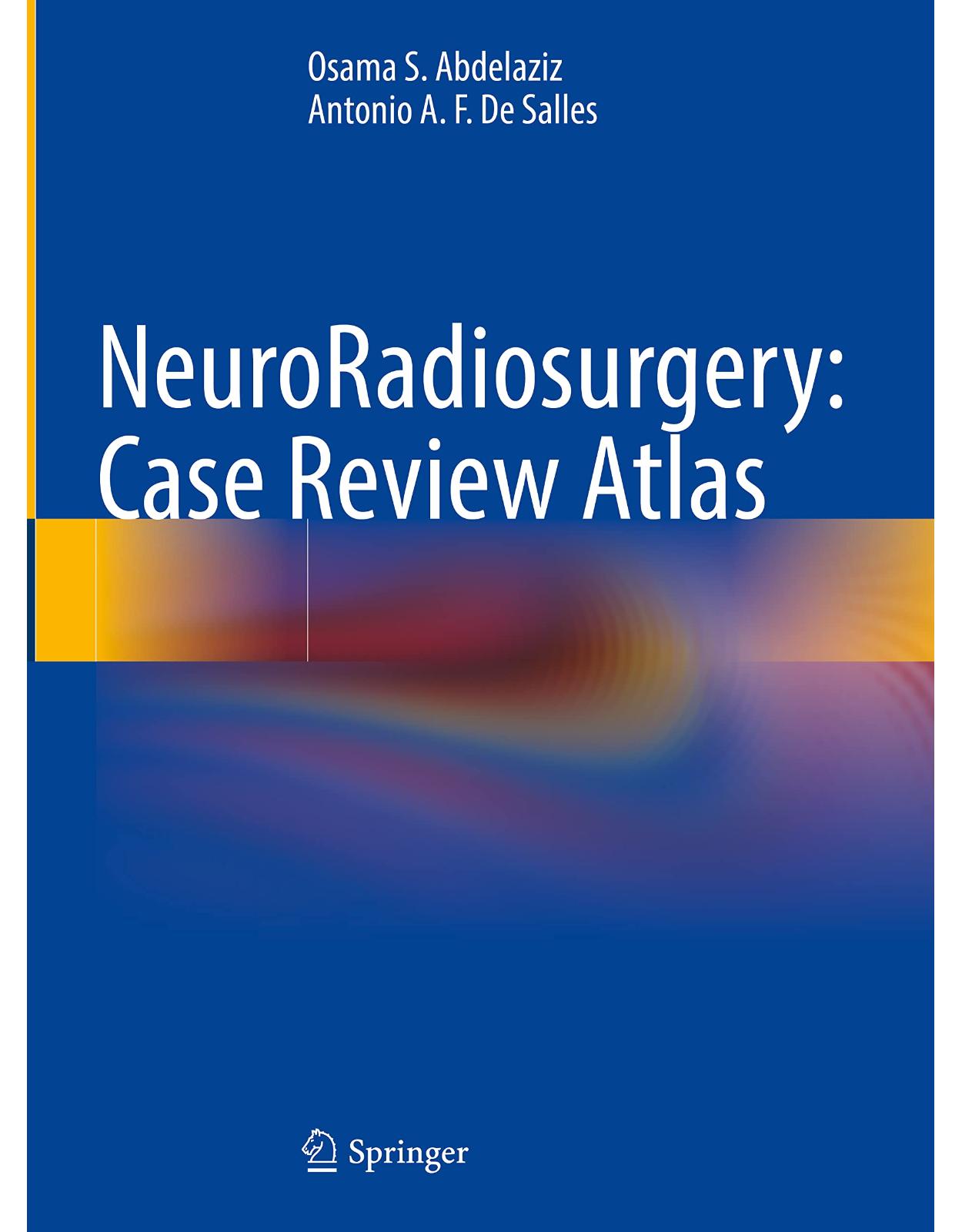
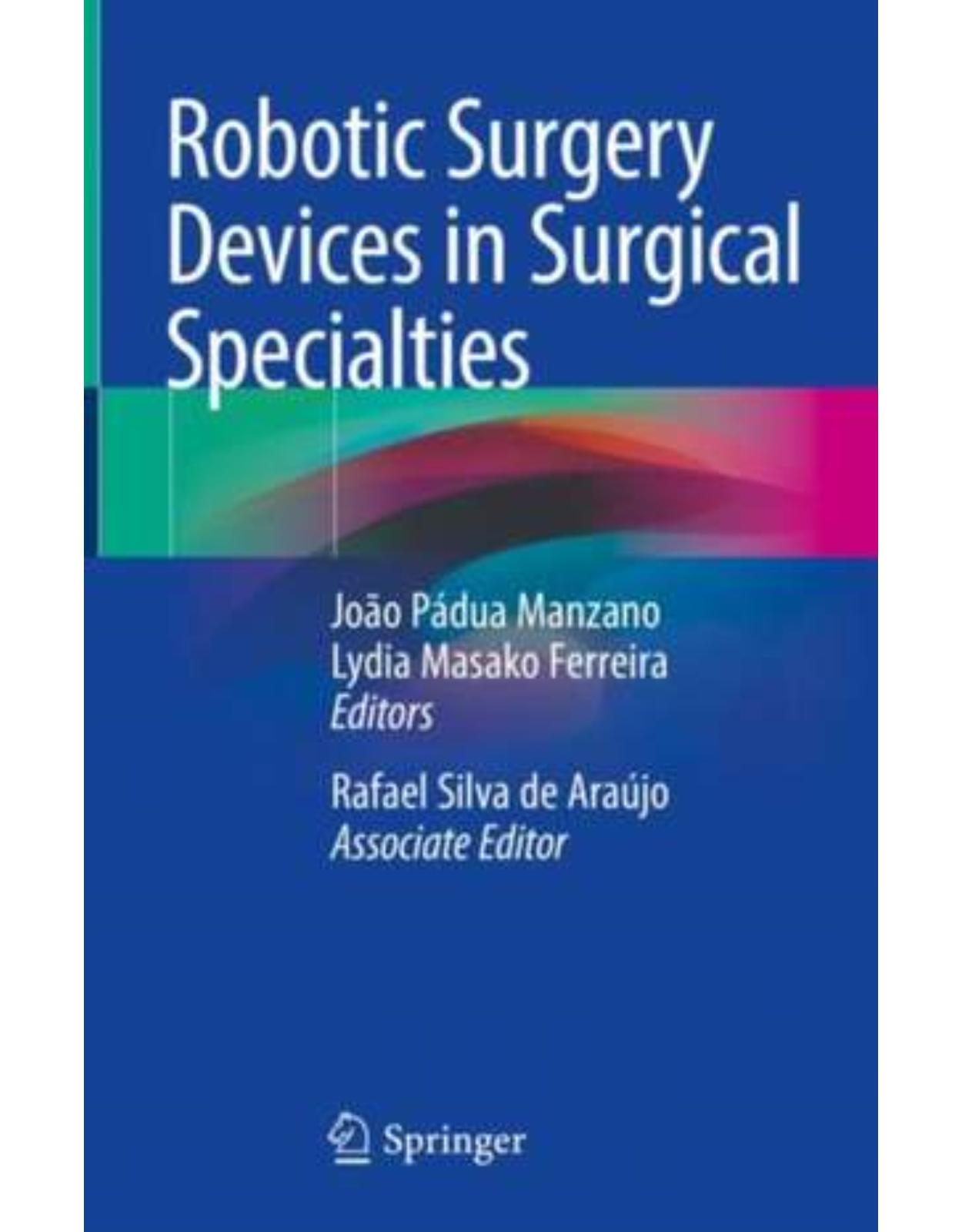
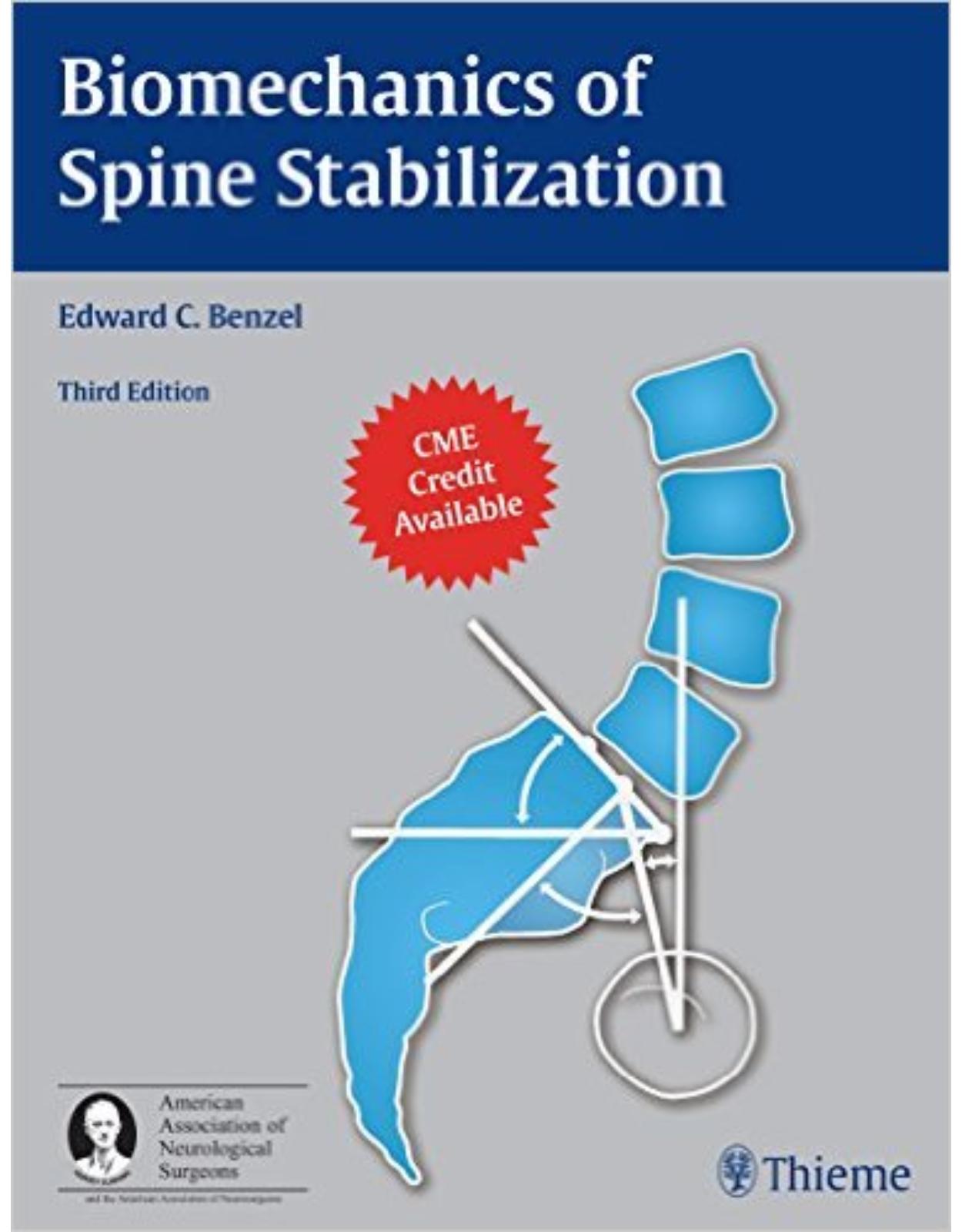
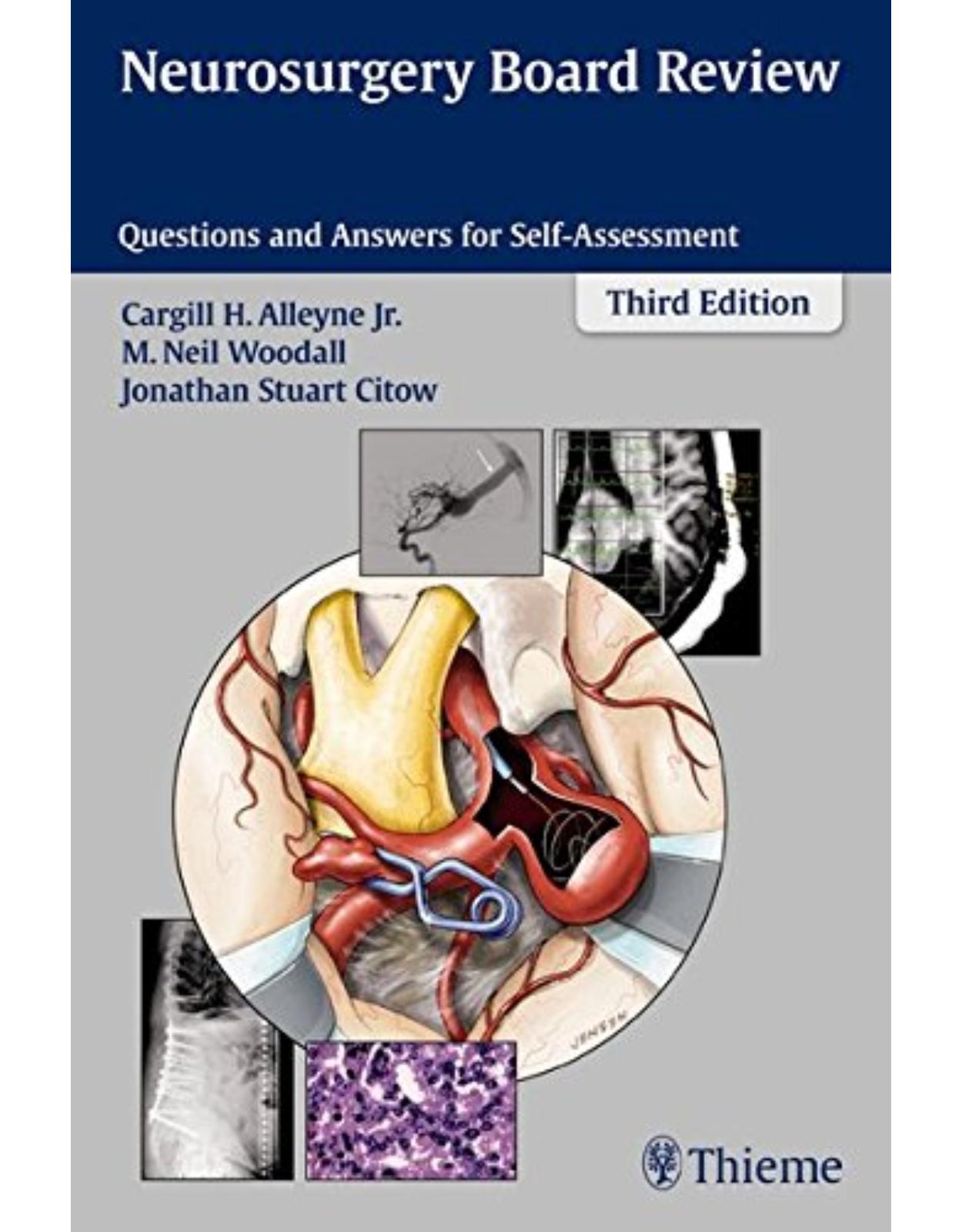
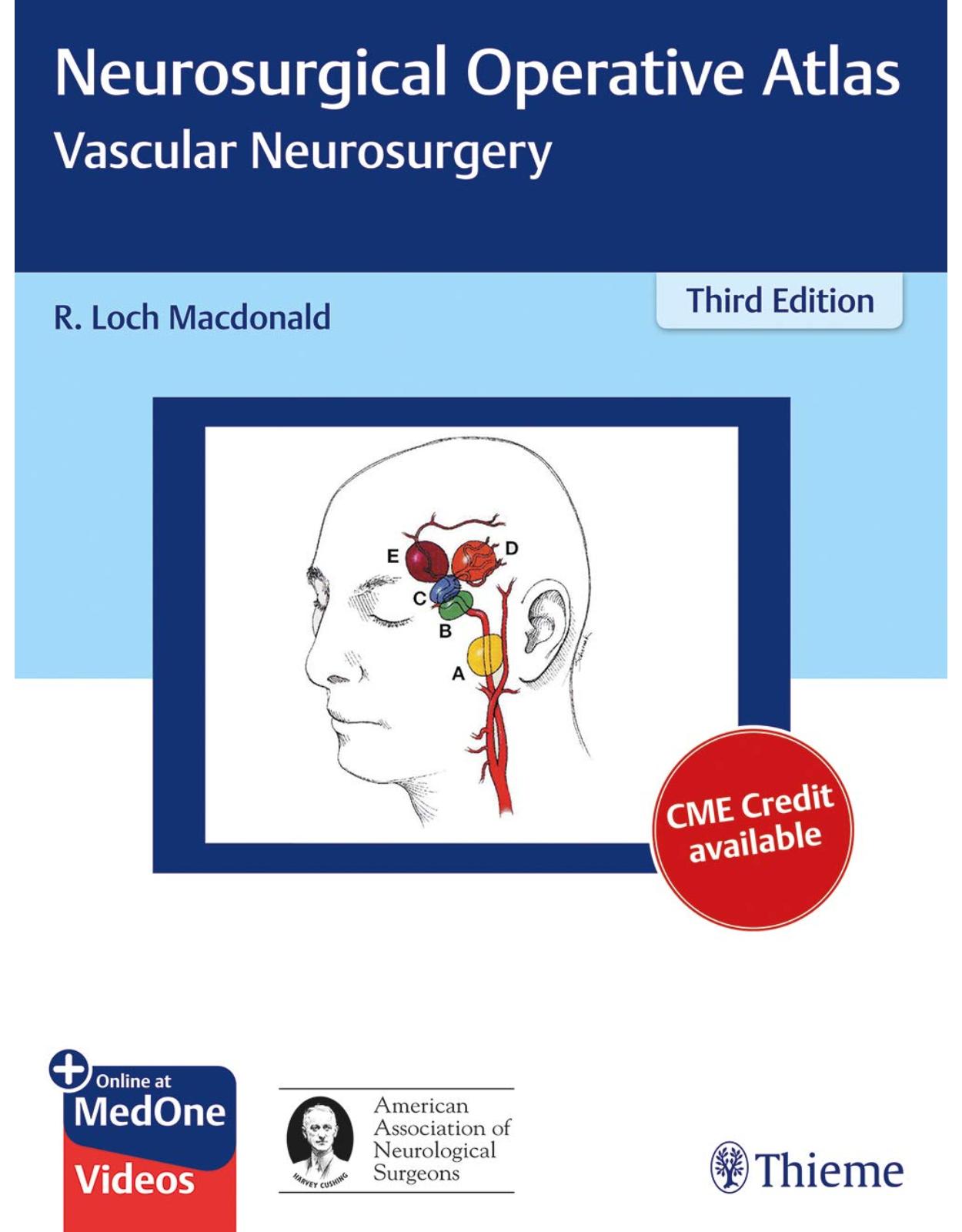
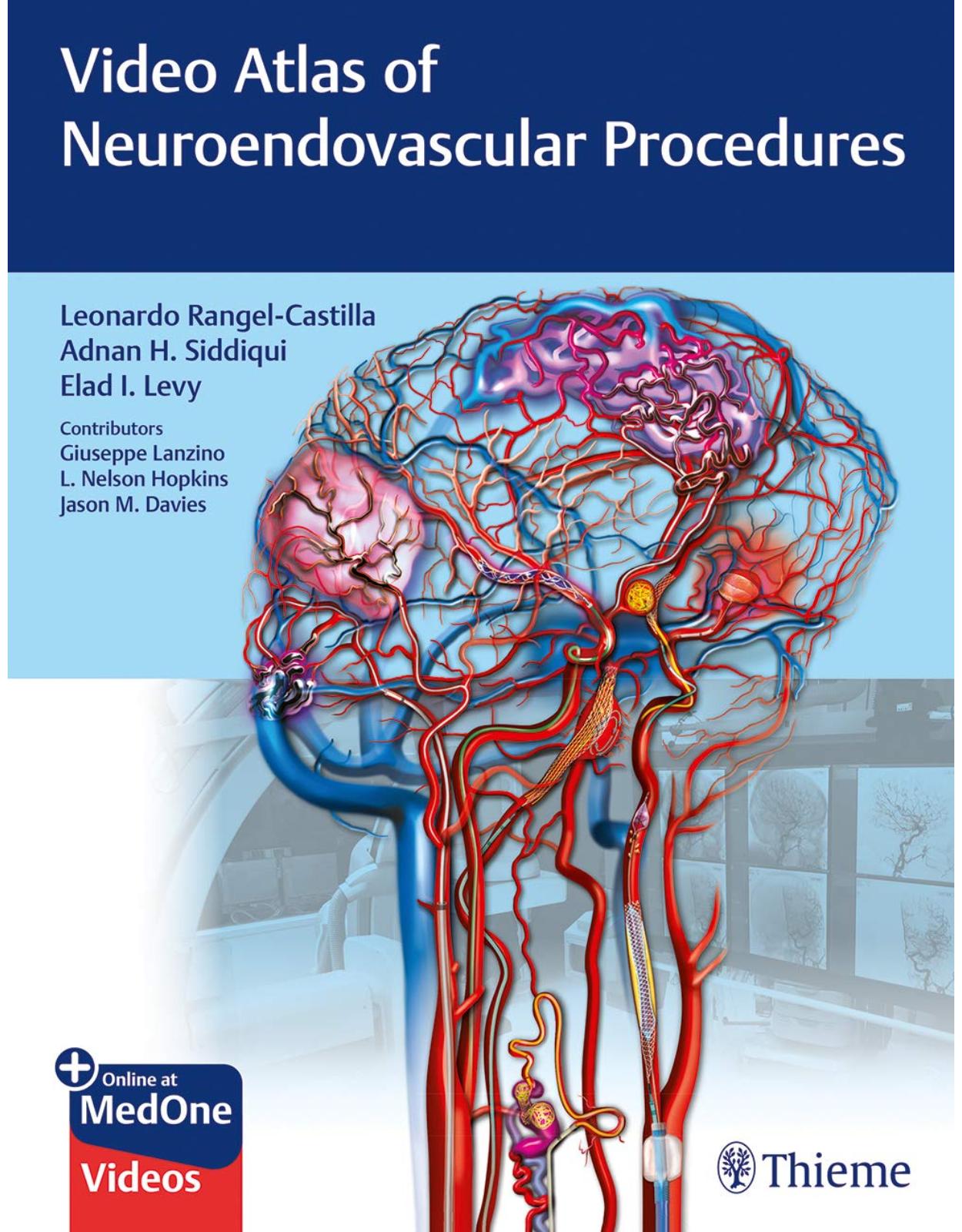
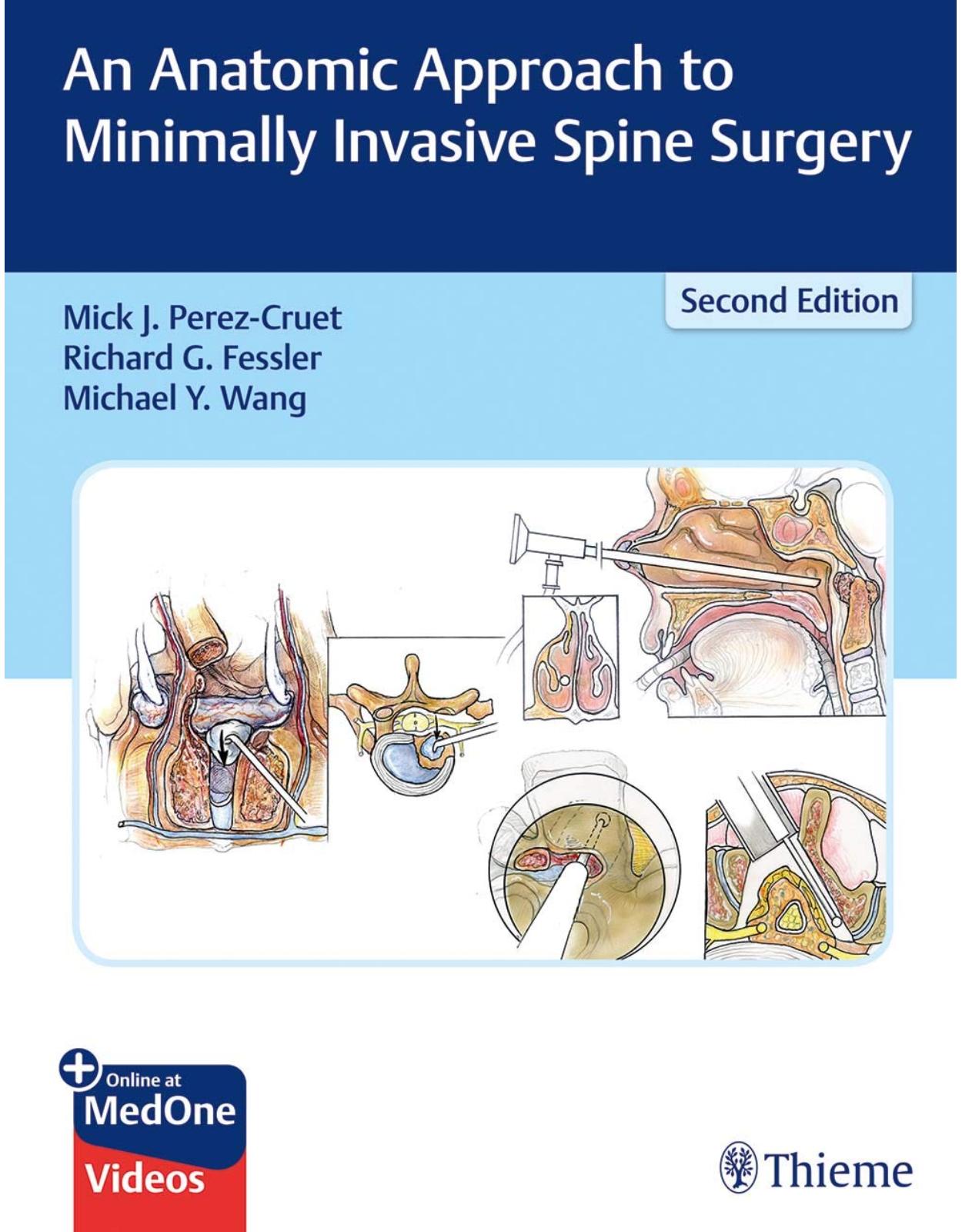
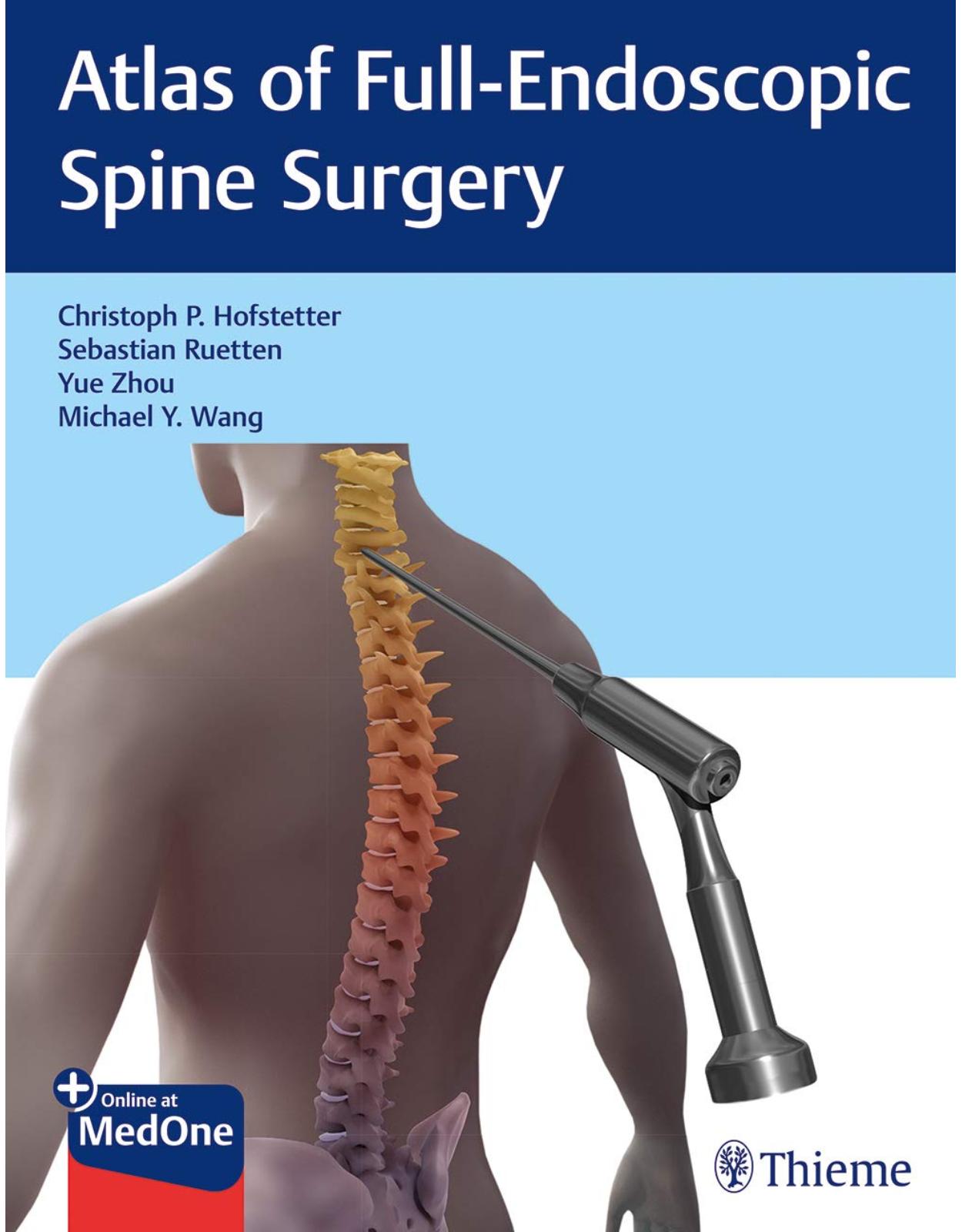
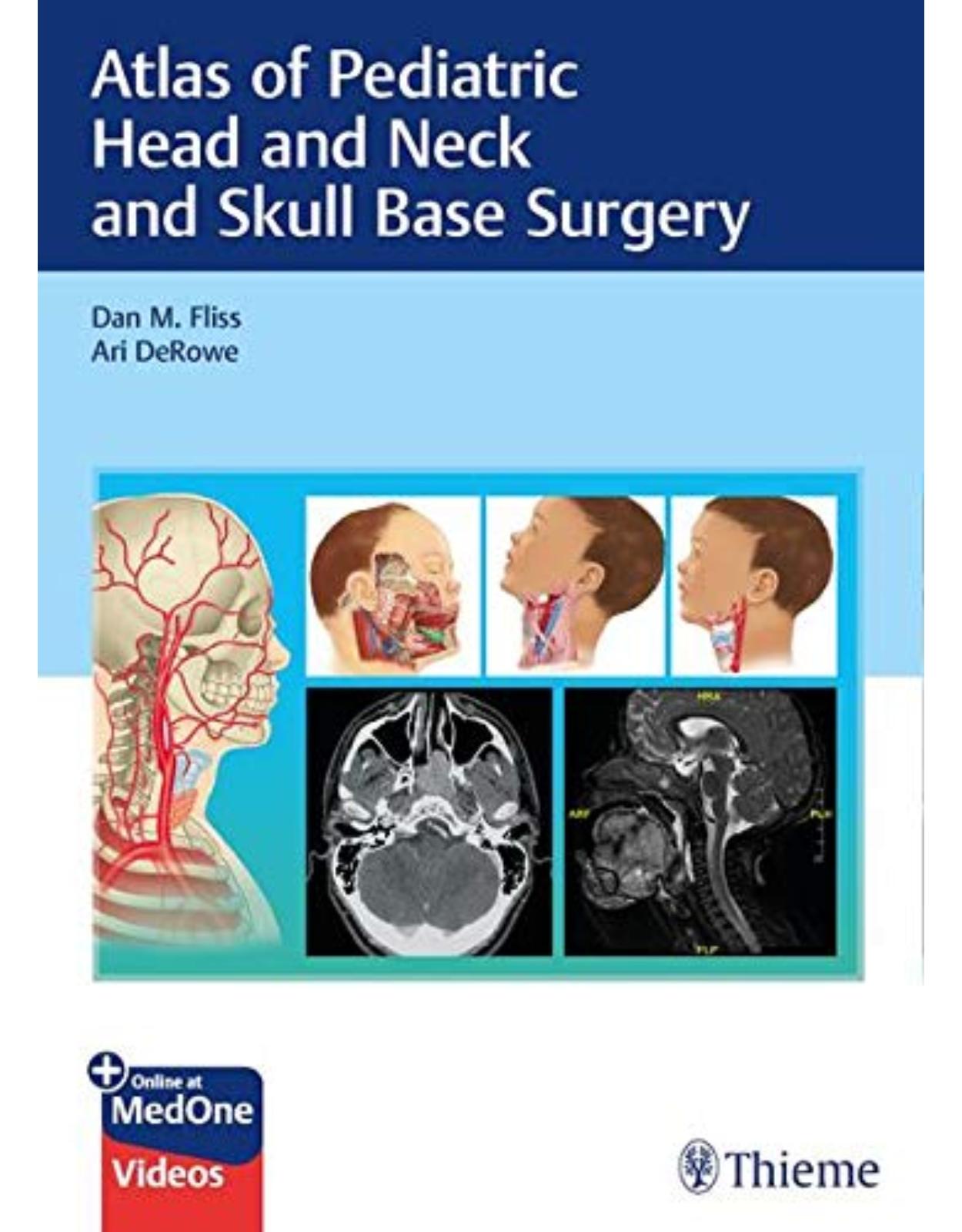
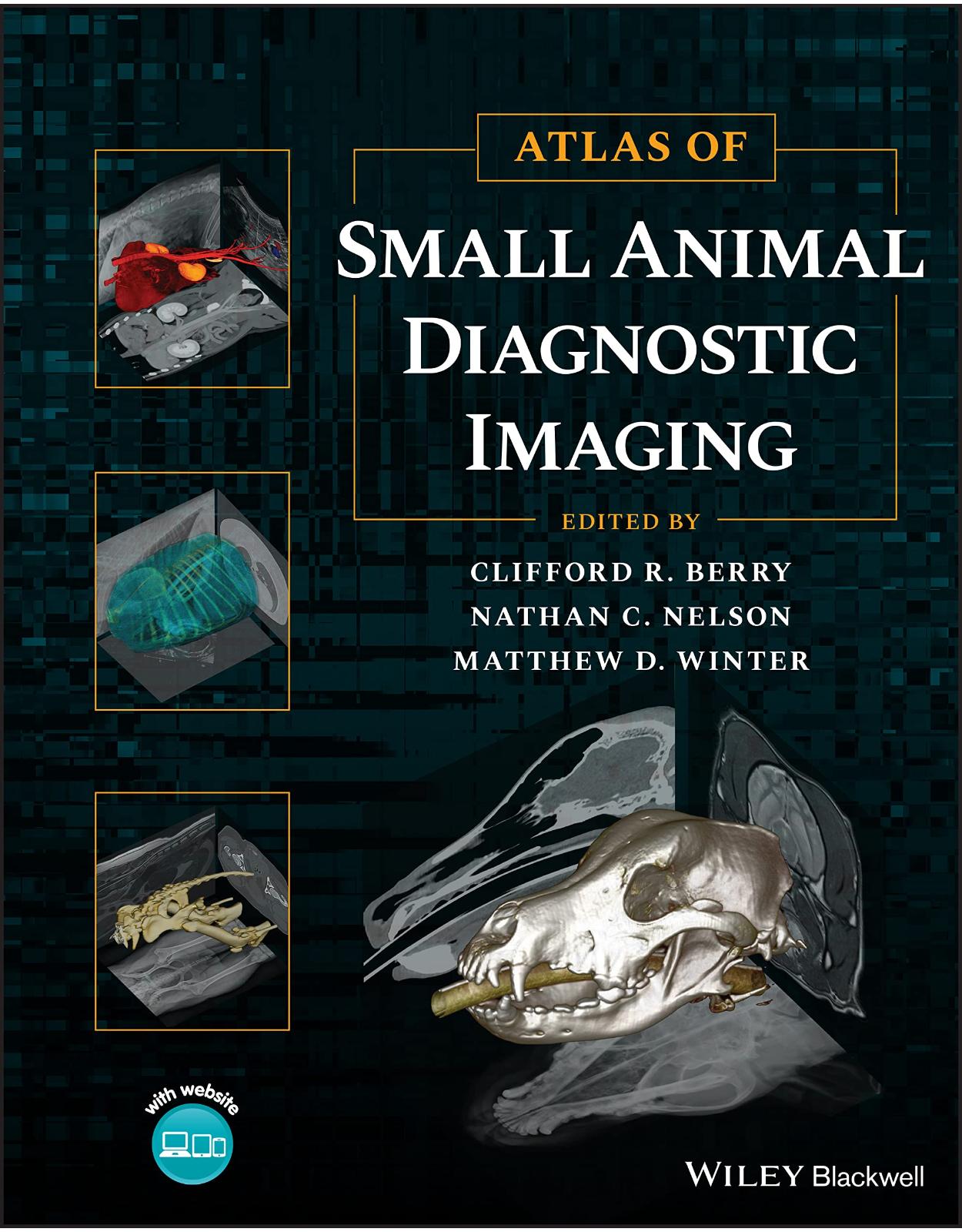
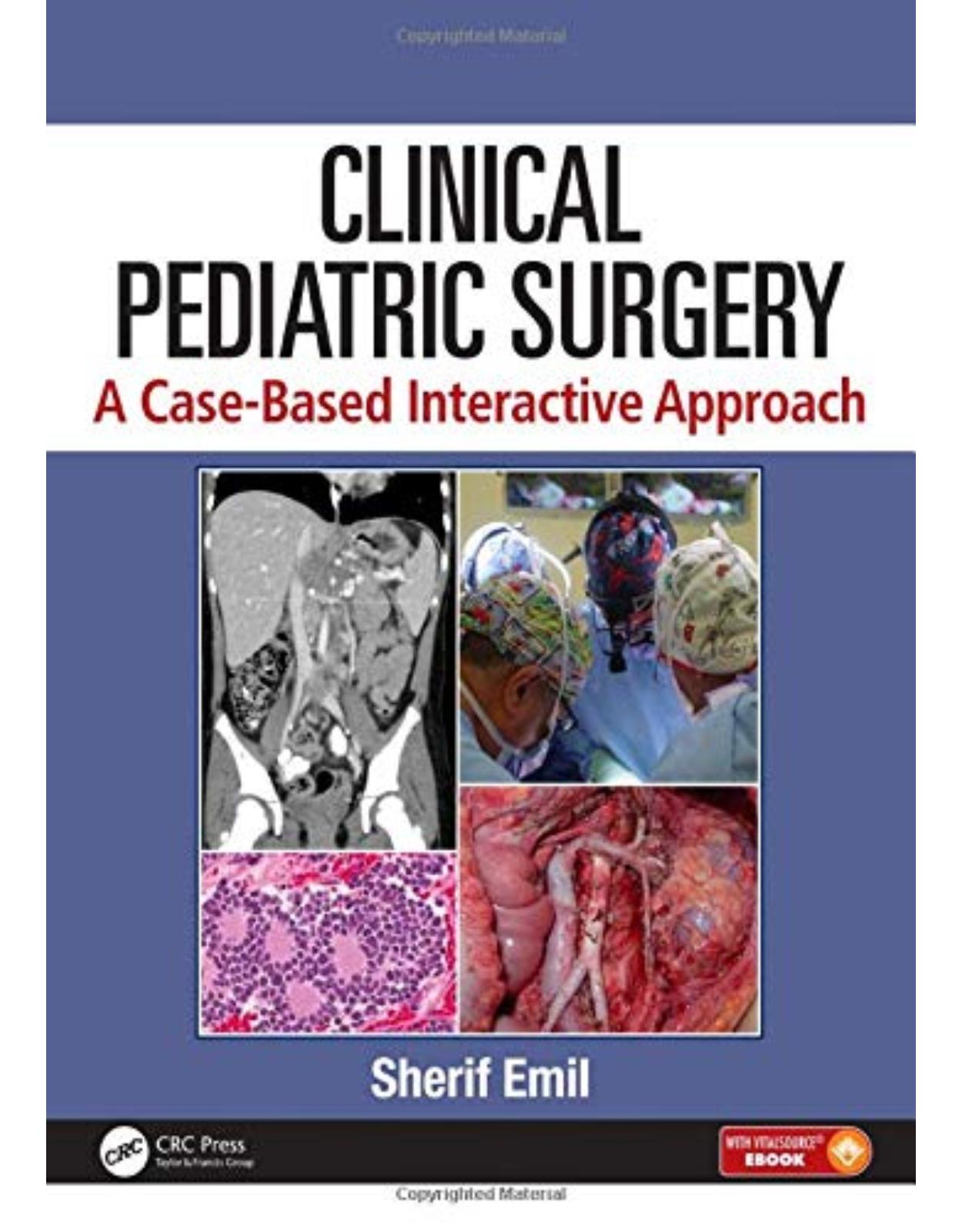
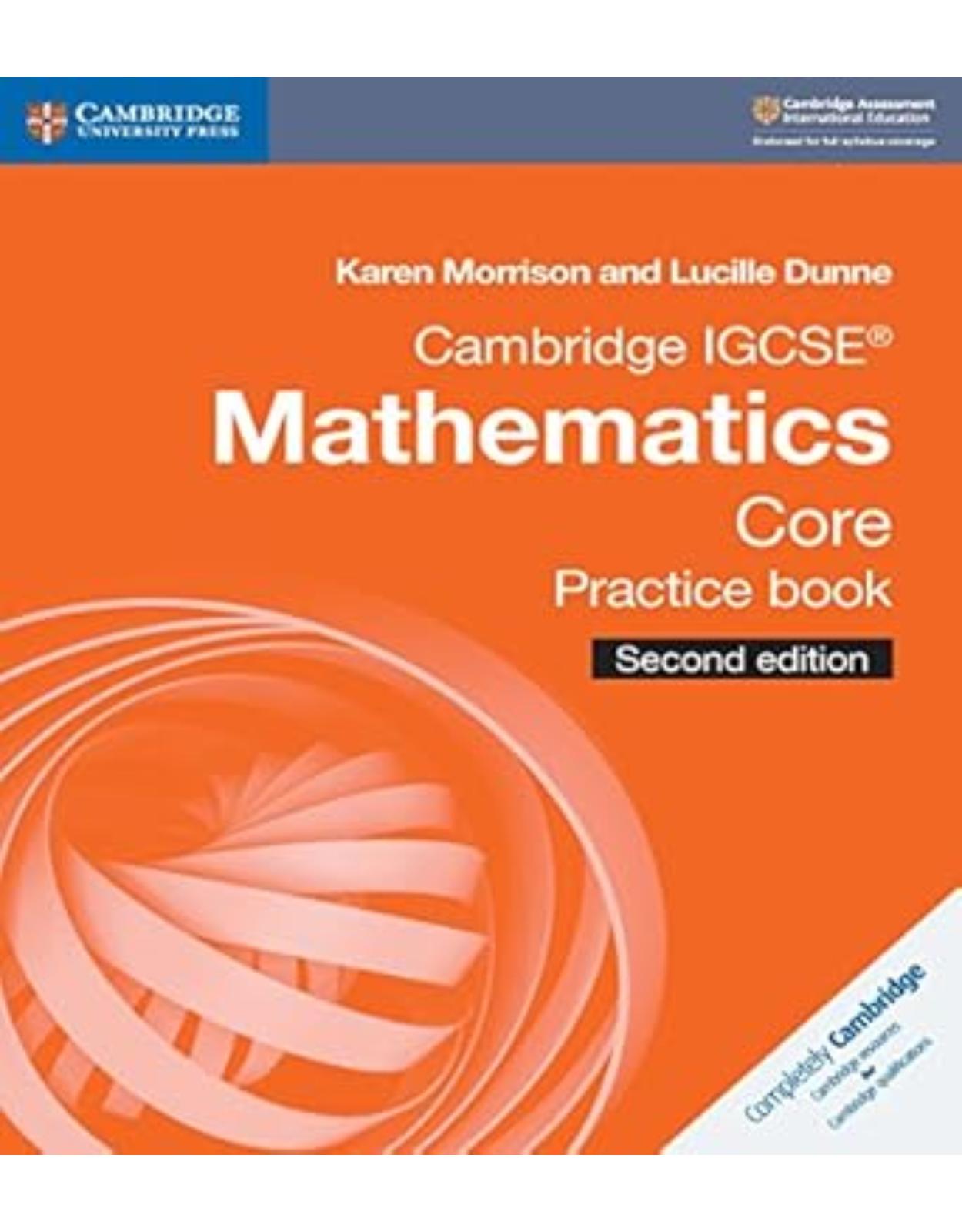
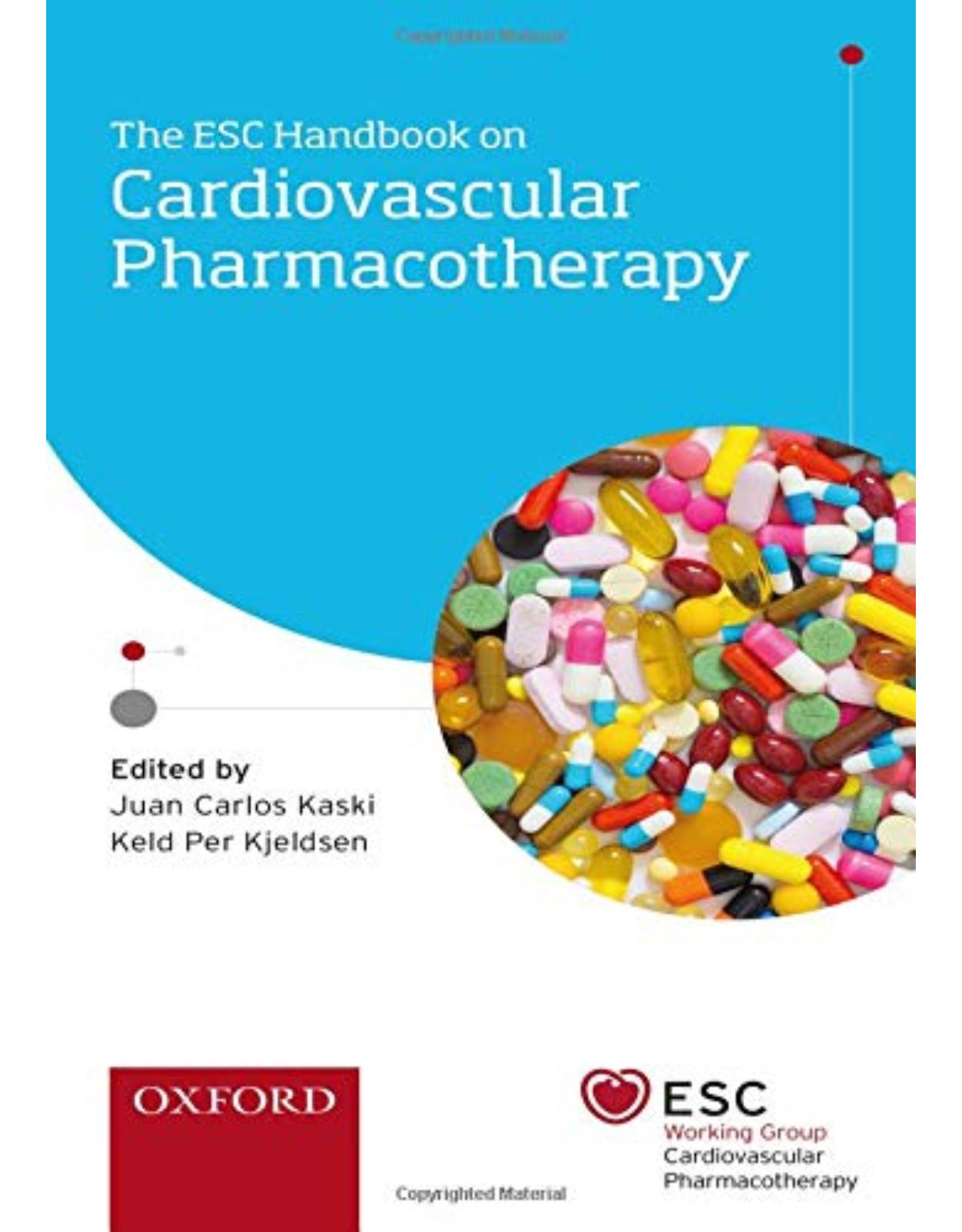

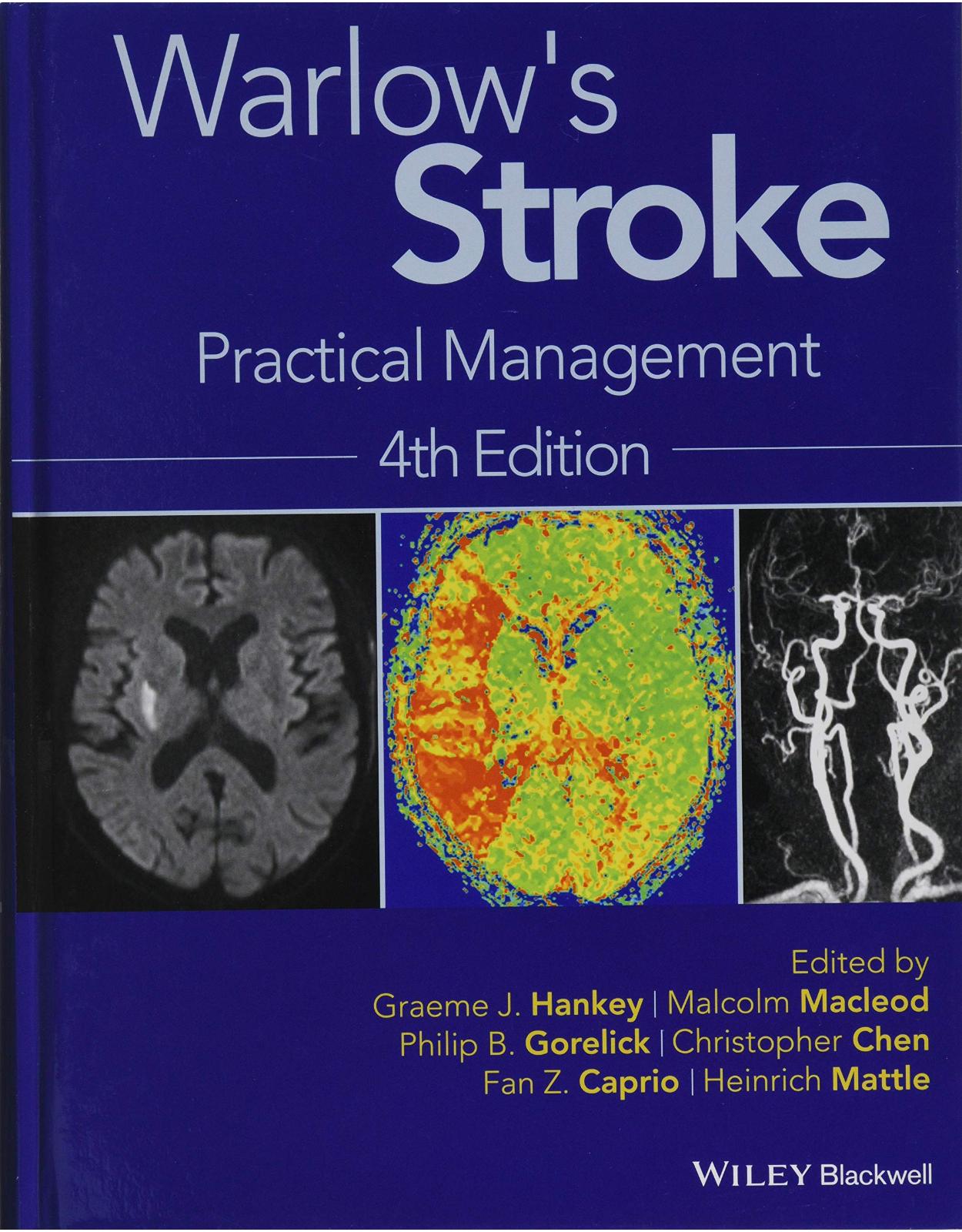

Clientii ebookshop.ro nu au adaugat inca opinii pentru acest produs. Fii primul care adauga o parere, folosind formularul de mai jos.